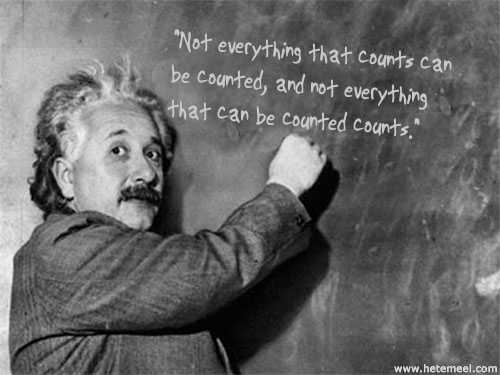Article submitted by iClimber.
Let me cut right to the chase. Do you want to know the value of your content marketing efforts? Want this report?

Read on and I’ll tell ya!
Calculating the real ROI
With so much emphasis often put on the traffic generation potential of a good content marketing strategy, I want to focus this post on measuring and increasing the return on the (sometimes sneakily large) investment. Some common goals you’ll hear surrounding a content marketing strategy include generating traffic for generic terms, increasing social shares, and developing the brand’s authority (measured by increases in branded traffic, or some other indicator). In the right circumstances, all of these are nice metrics for the relevant stakeholders in the organization, but they’re all just proxies for measuring the growth of a business. They’re measurements of the means, not the end.
The impetus for a lot of what I’ll be talking about in this post comes from Josh Braaten‘s post on the Google Analytics Blog a few months ago titled “How to Prove the Value of Content Marketing with Multi-Channel Funnels“. Josh talks practically about how to measure the business impact of traffic that first experiences your site via a page that isn’t directly selling a product or service to a consumer. Think: the “How to get into fly-fishing” article written by the outdoors retailer that sells fly-fishing poles, or even the “How to measure the effectiveness of content marketing” article written by the guy working for a company that’s doing a two day kick-ass web marketing conference in Boston on May 20th & 21st :). Indeed, these content pages aren’t selling a product or service, but they are selling the brand, the “purchase” made by the consumer is everlasting trust; and it has a really low conversion rate.
The necessary analysis for this gets difficult because it is so rare for a user to make the jump from discovery/informational stage to transactional stage in one sitting. Hence the need for multi-channel analysis: we need to take a conversion, look back at all of the interactions that have taken place leading up to that conversion, and assign some amount of credit to those channels that often show up toward the beginning of the conversion path. Social networks and the content that usually ranks for generic keywords are most often found in these early interactions. They are inherently ‘openers’ or ‘exposers’.
So, now that we’ve covered the theory, let’s look at measuring that ROI.

Leave a Reply
You must be logged in to post a comment.